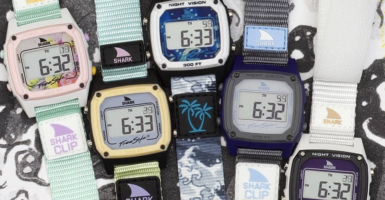The Worst Disasters To Happen At Sea That Aren’t The Titanic
When most people are asked to name a famous ship that sunk, or a disaster that took place at sea, most will likely point to the Titanic, which famously struck an iceberg and sunk on its maiden voyage in 1912.
But while the Titanic was a shocking and enduring tragedy, it’s hardly the only disaster that’s happened at sea. In fact, it was one of many ocean liners that sunk with significant loss of life during that decade alone. Let’s delve into some of the most disturbing nautical incidents of all time.
RMS Lusitania Torpedoed – 1915

Three years after the Titanic disaster, the world was at war — and the RMS Lusitania of the Cunard line was unfortunately caught in the crossfire. The ocean liner was struck by a German U-boat off the Irish coast and sunk in just 18 minutes, killing 1,198 of the 1,959 people aboard.
The Germans contended that the ostensibly civilian ship was carrying munitions and thus was fair game. Because many of the Lusitania’s victims were American, the incident galvanized American support for the war and contributed to the U.S. decision to enter World War I.
MV Doña Paz Collision – 1987
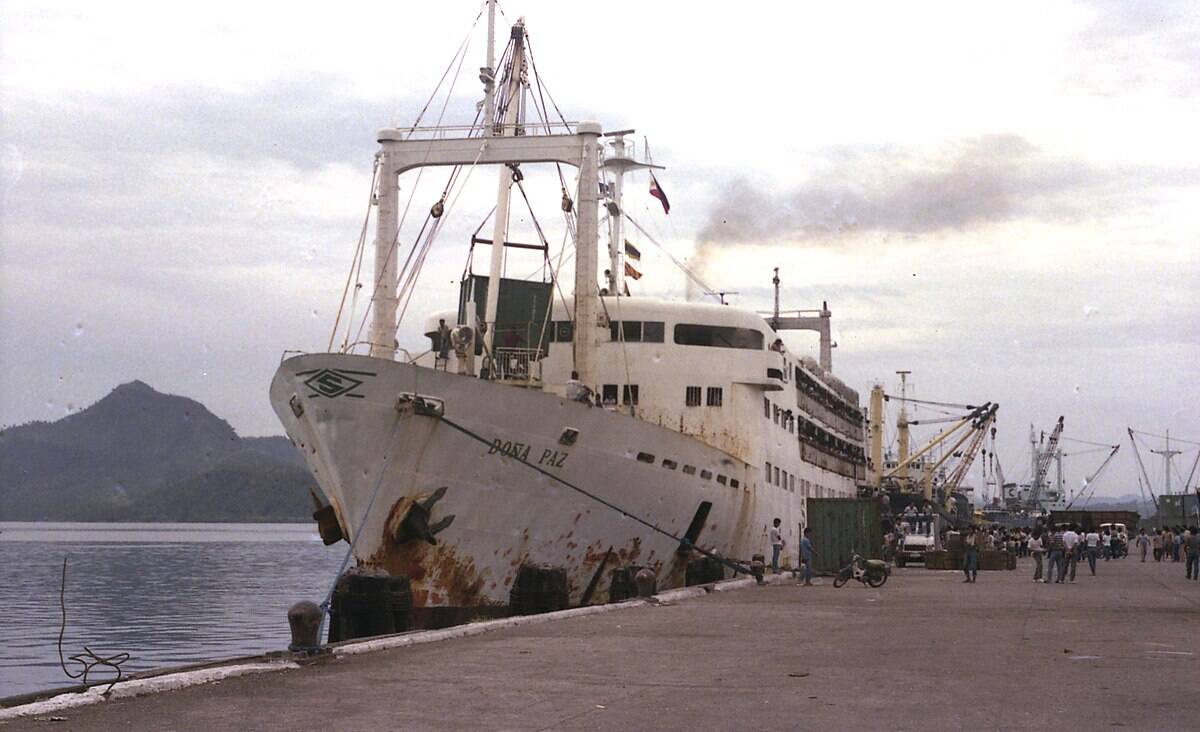
This Philippine passenger ferry collided with an oil tanker carrying over a million liters of gasoline and other flammable cargo in 1987, causing an immediate fireball that consumed both ships.
Because the inferno was so sudden (rather than a slower-moving fire), most passengers had little chance of escape. Official records show that over 4,300 people died, and only 24 survived. To date, it’s the deadliest peacetime maritime disaster in history.
Wilhelm Gustloff Sunk – 1945
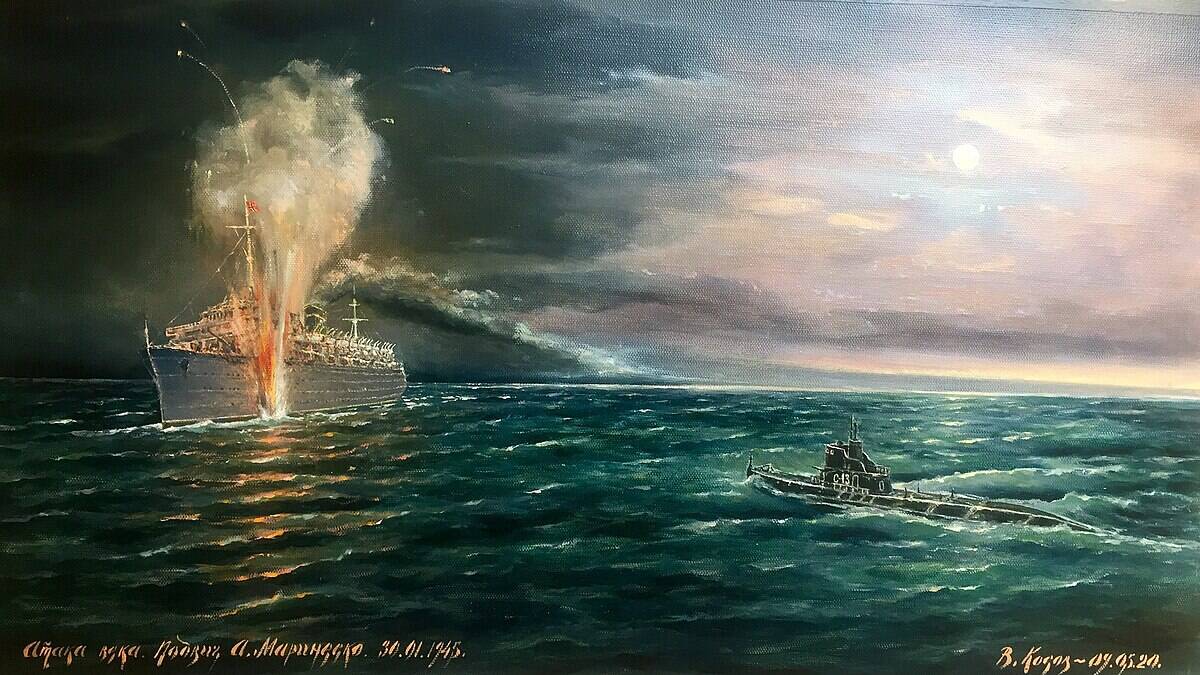
Operation Hannibal — the German World War II mission to evacuate civilians and personnel from the advancing Red Army — was responsible for overloading many ships. The Wilhelm Gustloff was a prime example, as it was designed to carry about 1,900 passengers but was overloaded with over 10,000.
The fleeing, overloaded ship was struck by a Soviet torpedo in the chilly Baltic Sea. The disaster resulted in an estimated 9,000 deaths, making it the deadliest maritime disaster in history. While the attack was legal under the rules of war, it remains controversial to this day.
Andrea Doria Collision – 1956
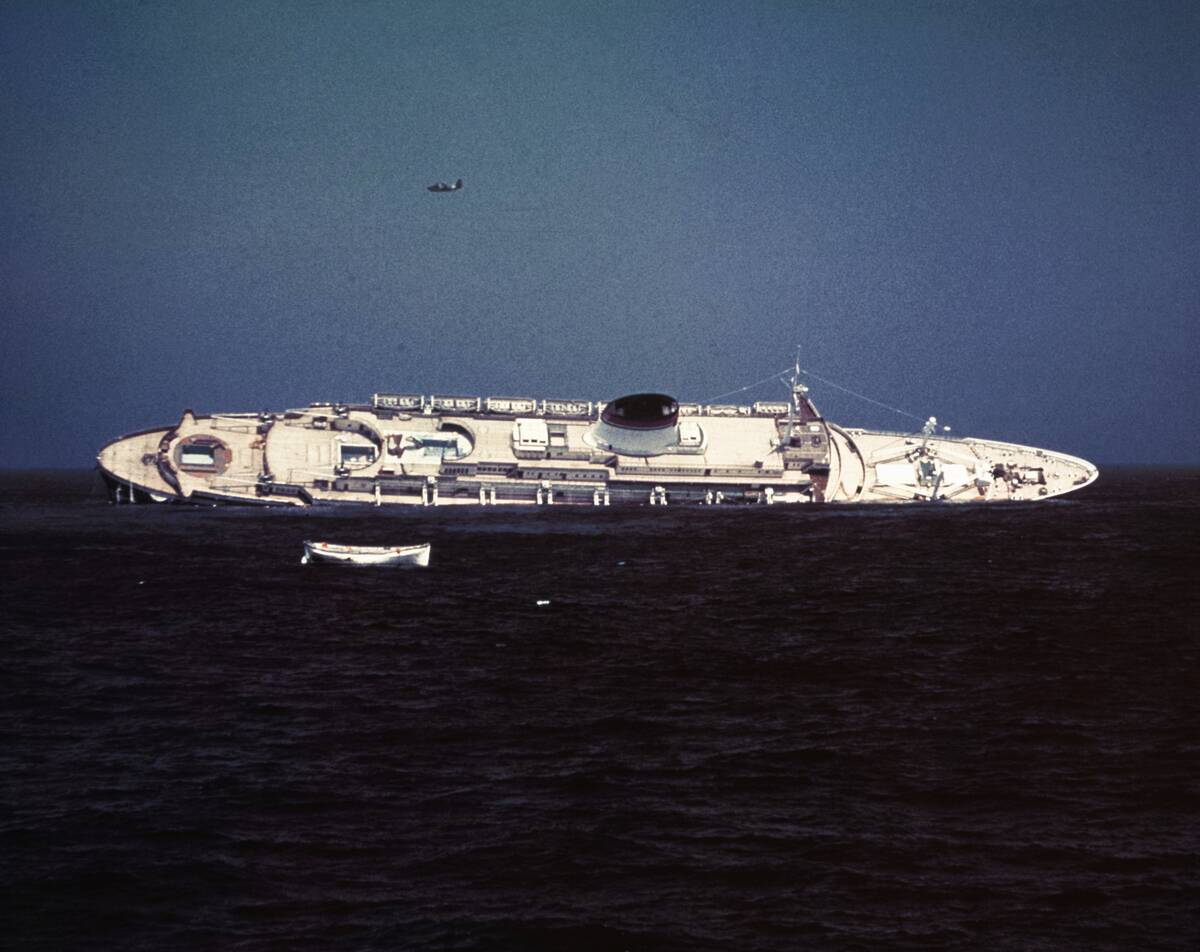
The Italian luxury liner Andrea Doria encountered trouble in thick fog off the coast of Nantucket in July of 1956, when miscommunication with a neighboring ship — the MS Stockholm — led to the Stockholm accidentally ramming the Andrea Doria’s starboard side.
While 46 people died — mostly in the initial collision — the Andrea Doria’s safety precautions were on full display, as the ship stayed afloat for 11 hours, allowing rescuers enough time to save the remaining passengers. Eventually, it capsized and sank.
SS Sultana Explosion – 1865
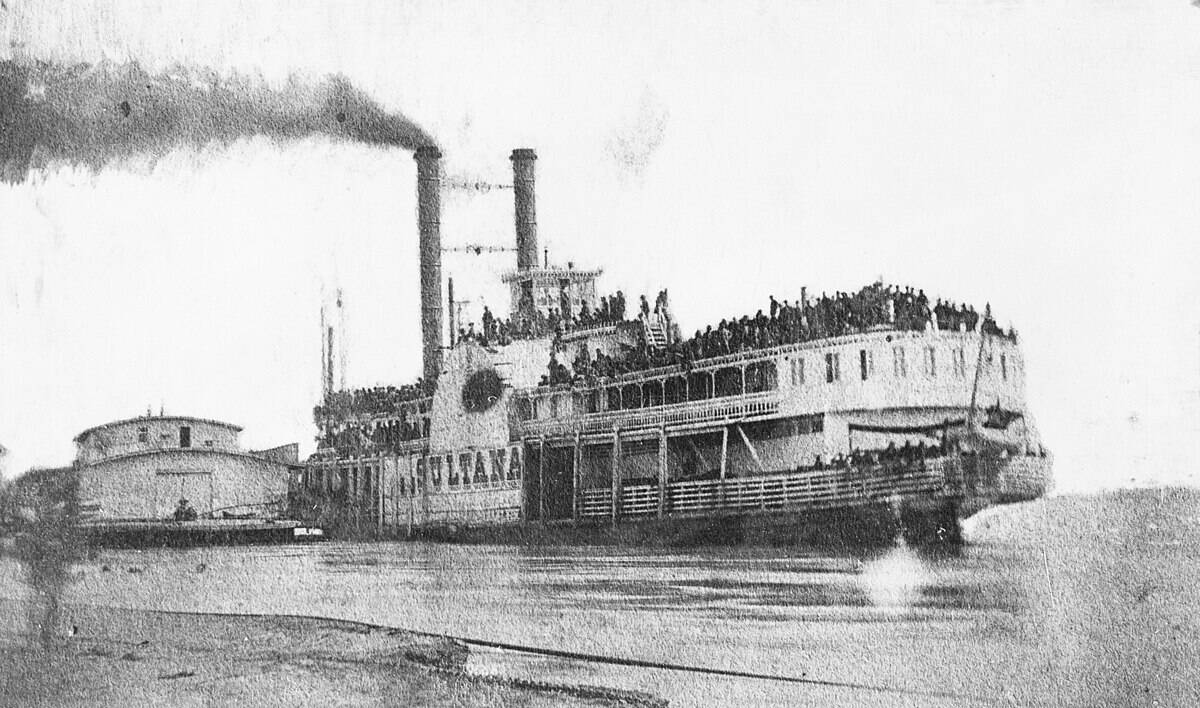
This Mississippi River steamboat exploded dramatically in 1865 near Memphis after faulty repairs to one of its boilers allowed for the initial explosion, along with a fire that consumed most of the ship.
The Sultana was loaded with over 2,100 recently released Union prisoners of war — six times its legal capacity. Around 1,800 of them died. Even though much of the nation’s attention was focused on the end of the Civil War and the Lincoln assassination, the Sultana disaster became a major story.
HMS Hood Torpedoed – 1941
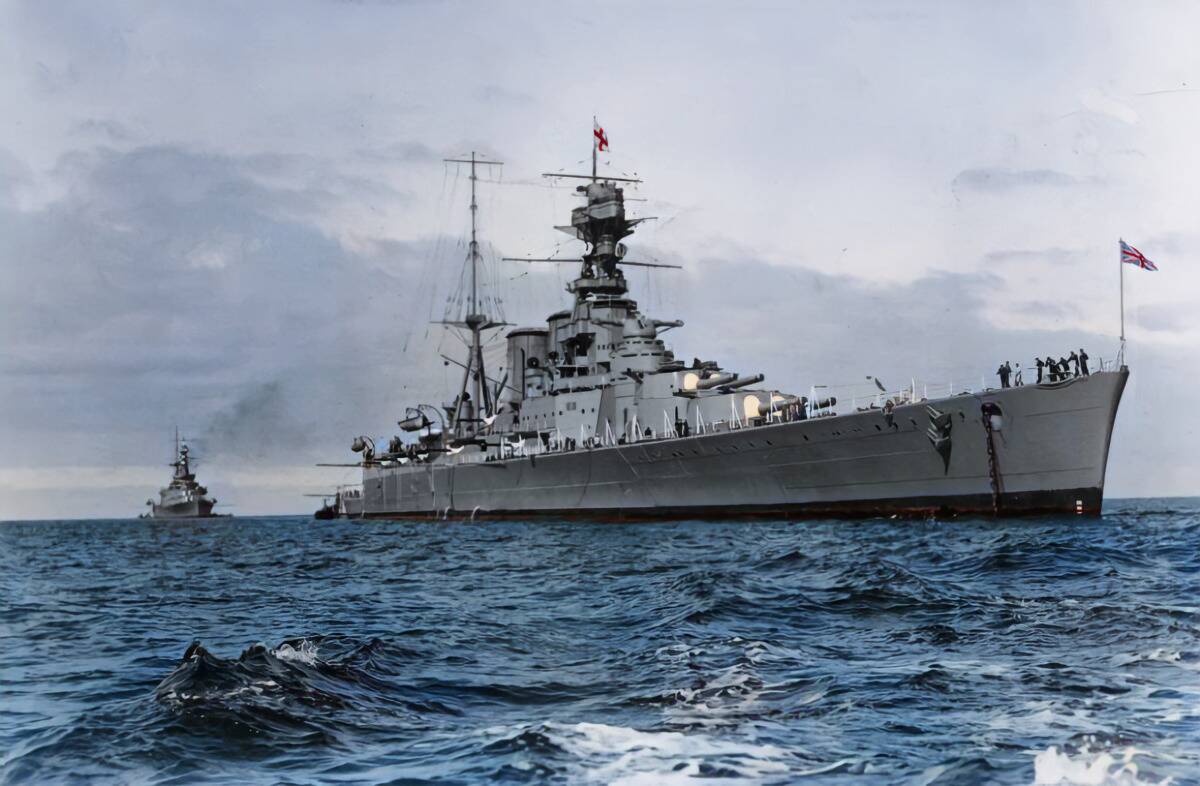
The HMS Hood battleship was seen as the pride of the British Royal Navy, so it was a dispiriting blow to morale when the ship was sunk by the German battleship Bismarck during the Battle of the Denmark Strait in 1941.
The root cause of the sinking was a shell that struck the Hood’s ammunition magazine which caused a massive explosion that literally broke the ship into two pieces. Only three of the 1,418 crew members aboard the Hood survived the tragedy.
MS Estonia Disaster – 1994

The MS Estonia, a passenger ferry that worked the Baltic Sea route between Estonia and Sweden, featured a bow section that could lift up in order to allow cars to drive directly into the ship.
This became an issue during a storm in 1994 when the bow visor broke off the ship completely, allowing seawater to flood its massive car deck. The influx of sloshing water caused the ship to list to one side, then the other, and then finally capsize. 852 people died in the event, with only 137 survivors.
Costa Concordia Capsized – 2012
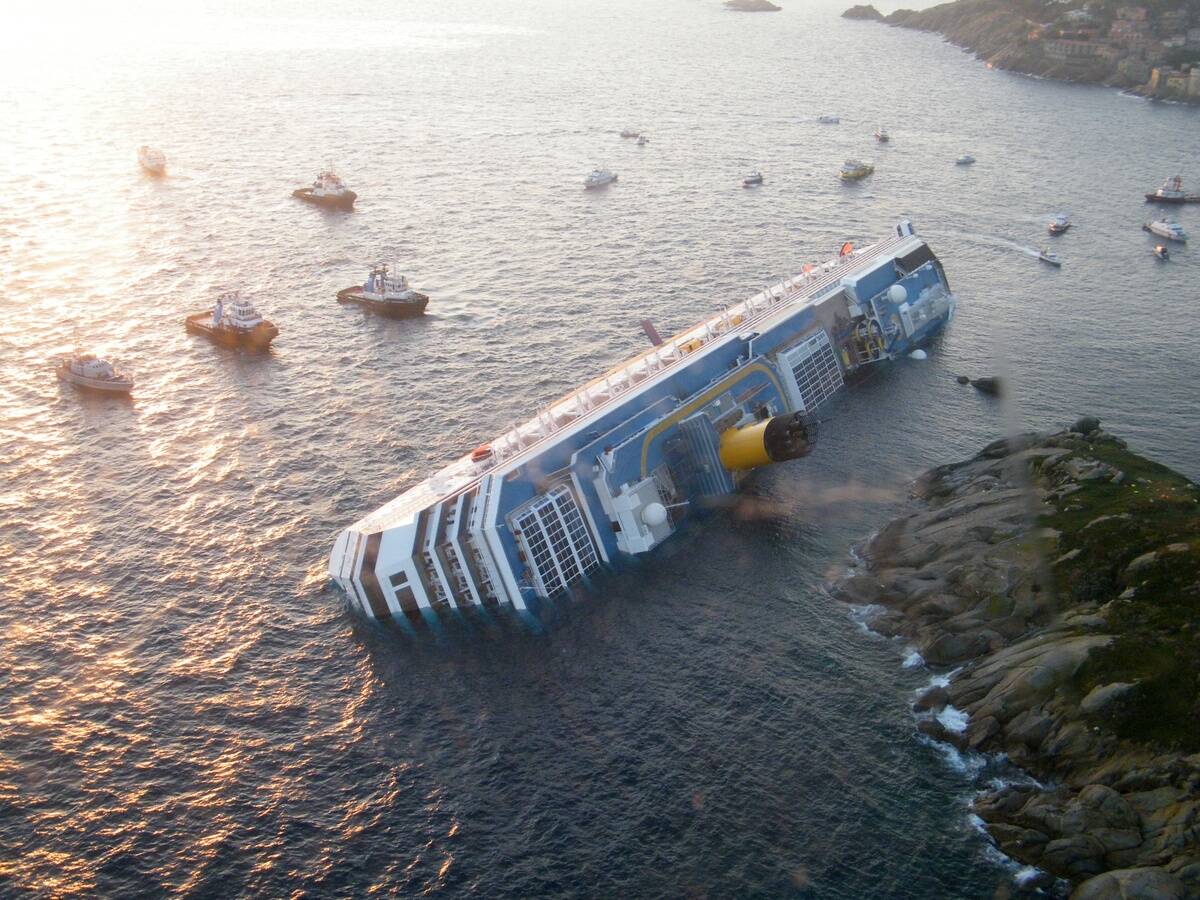
The most famous shipwreck of the 21st century is easily the Costa Concordia, an Italian cruise ship that struck submerged rocks during a foolish deviation from its main course.
The impact tore a massive gash in the hull, causing the ship to list. Despite a solid evacuation plan, poor leadership from Captain Francesco Schettino — the man responsible for steering the ship into dangerous waters — hampered rescue efforts. While most passengers were rescued, 32 people died.
SS Eastland Capsized – 1915
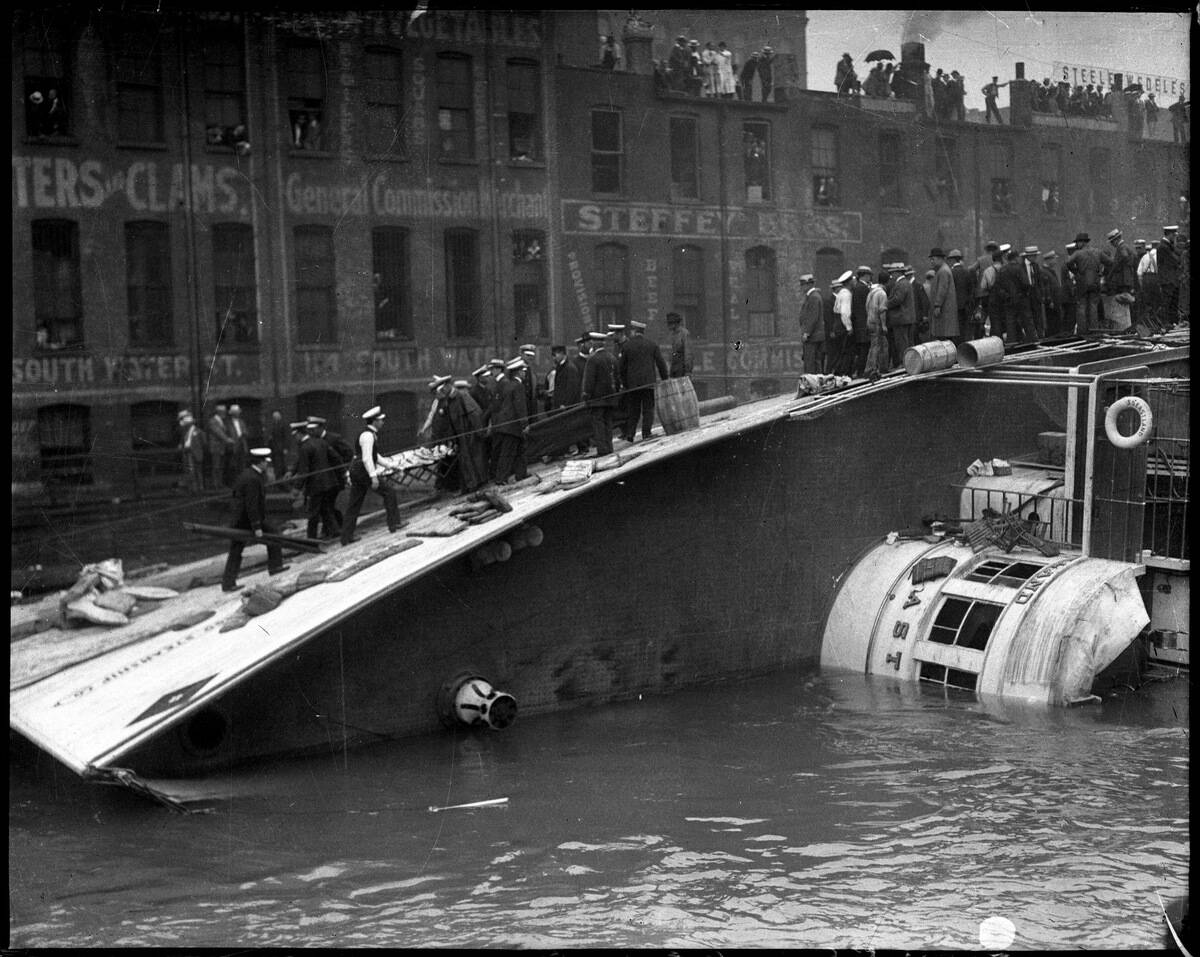
The passenger steamer SS Eastland capsized in the Chicago River in 1915 while still moored to its dock. At the time, it was loaded with employees from Western Electric who were looking forward to a company picnic. Because it capsized so quickly, hundreds were trapped below decks, and a total of 844 died.
An investigation revealed that the ship’s top-heavy design made this a disaster waiting to happen. Ironically, much of the reason for it being so top-heavy was the fact that it was loaded with lifeboats — a safety revision made following the Titanic disaster.
RMS Empress of Ireland Collision – 1914
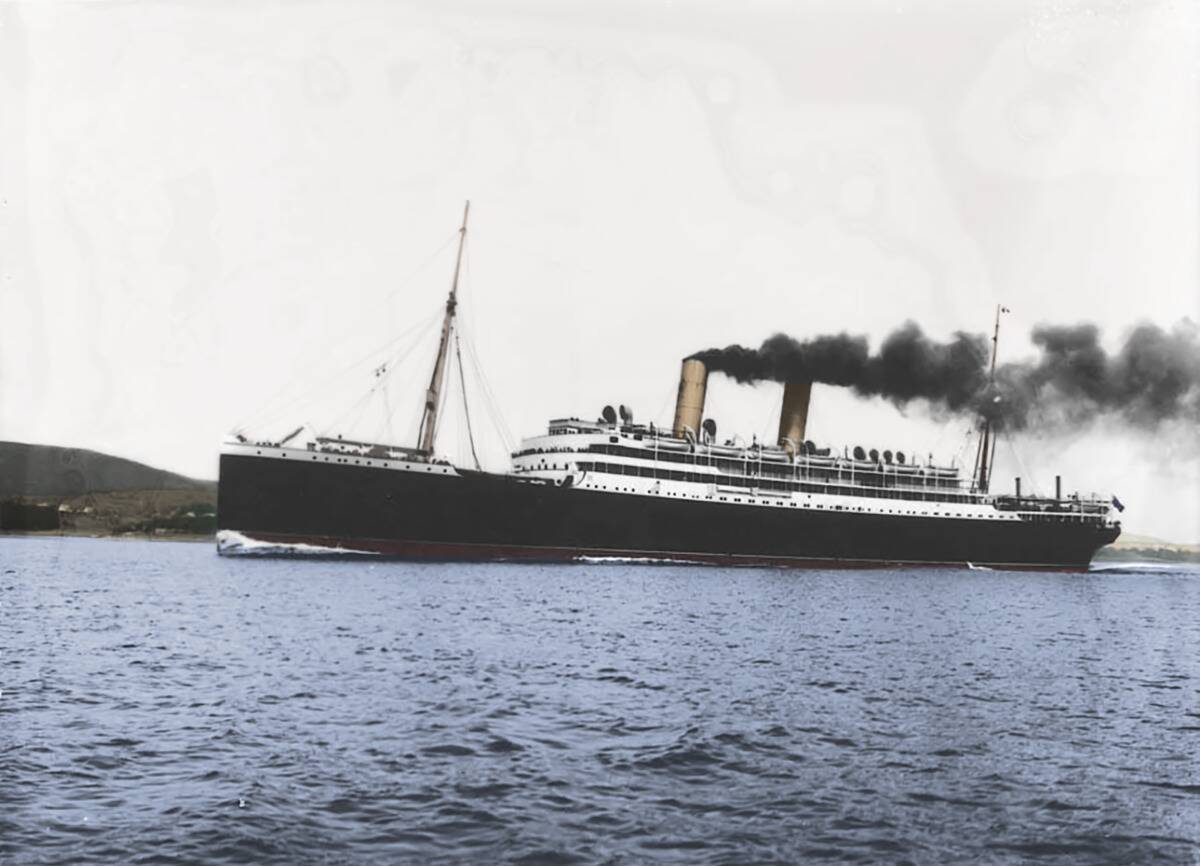
The Canadian ocean liner RMS Empress of Ireland regularly worked a route between Quebec City and Europe, and in the foggy predawn hours of May 29, 1914, the ship collided with the Norwegian collier SS Storstad on the St. Lawrence River.
The collision tore a massive gash out of the ship’s side, and the Empress of Ireland sunk in just 14 minutes. Of the 1,477 people aboard, 1,012 died. Poor visibility and communication were blamed for the collision, with the crews of both ships bearing some responsibility.
Herald of Free Enterprise Capsized – 1987
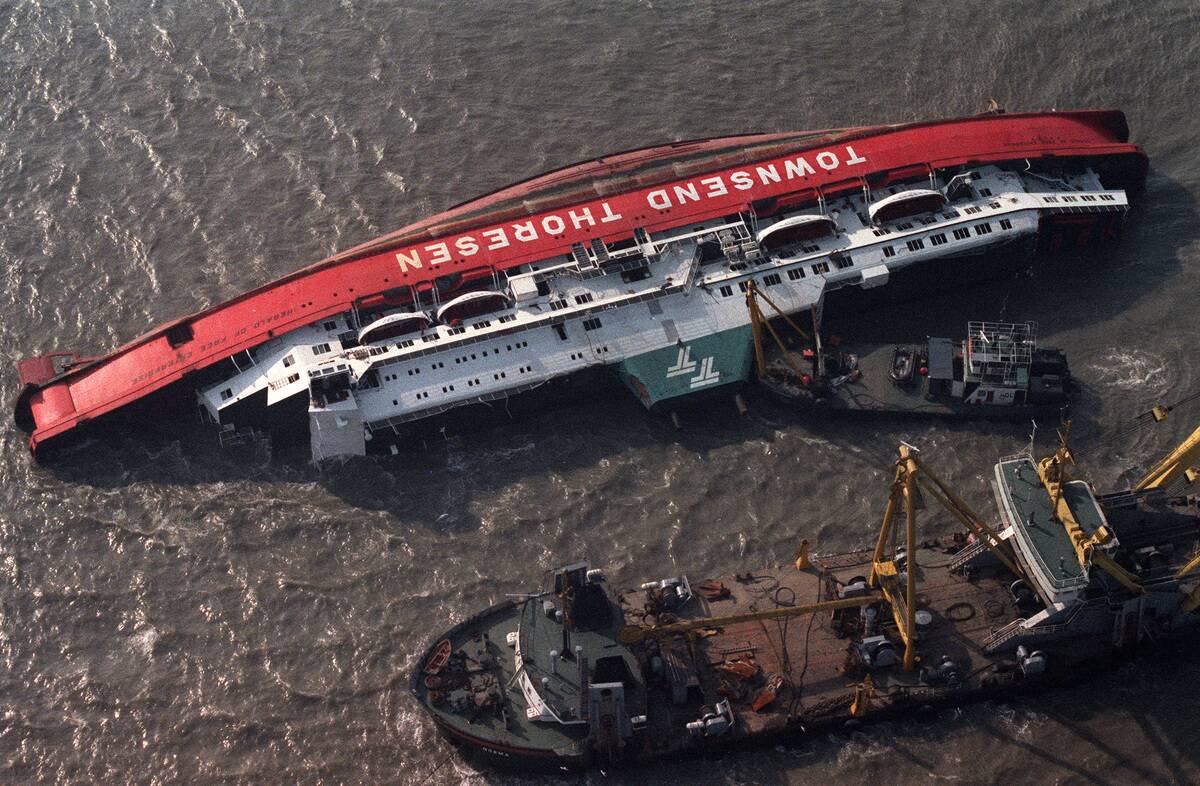
The Herald of Free Enterprise, a British roll-on/roll-off car ferry, capsized in 1987 just outside the port of Zeebrugge, Belgium. This happened because the ship left port with its bow doors still open, allowing water to flood the car deck.
The flooded, increasingly unstable ship quickly rolled onto its side, trapping hundreds of passengers below decks and resulting in 193 deaths. The tragedy prompted shipbuilders to implement changes in the watertight doors used on these ferries.
USS Indianapolis Torpedoed – 1945
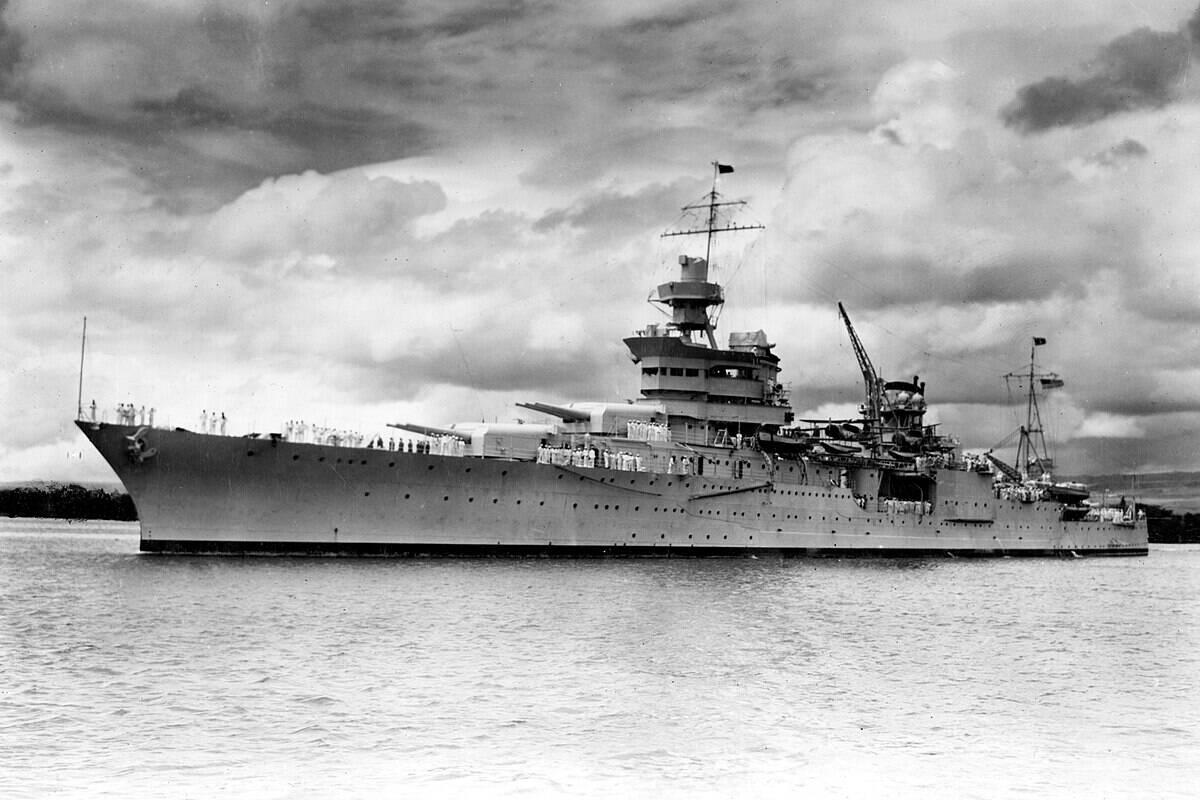
The USS Indianapolis completed an invaluable, secretive mission when it delivered components of the atomic device that was later dropped on Hiroshima. After completing the mission, it was torpedoed by a Japanese submarine in the Philippine Sea.
The ship sunk in just 12 minutes, and while most of the 1,195 crew aboard survived the initial sinking, they quickly found themselves adrift at sea. Over the next four days, hundreds succumbed to dehydration, exposure, and shark attacks. When rescuers arrived, only 316 of the crew members were still alive.
General Slocum Fire – 1904
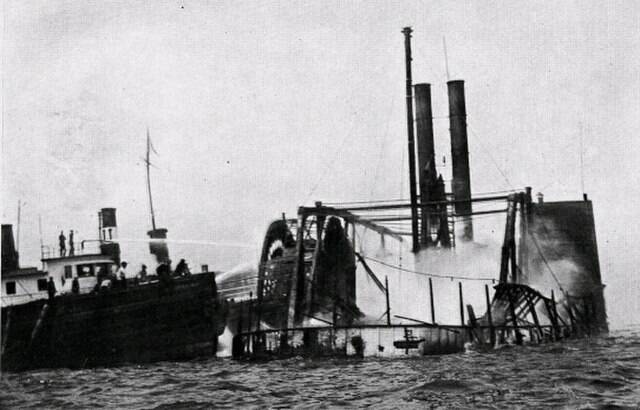
A passenger steamboat chartered for a church picnic, the General Slocum was steaming up the East River in New York when a fire broke out in its bow section.
Firefighting efforts failed, as would-be rescuers found that the ship’s fire hoses were rotten and useless. Life vests were similarly disintegrated, and lifeboats were largely inoperable. Over 1,000 people died, either from the initial fire or from drowning while trying to escape. As a response, stricter safety measures were implemented.
SS Mont-Blanc Explosion – 1917
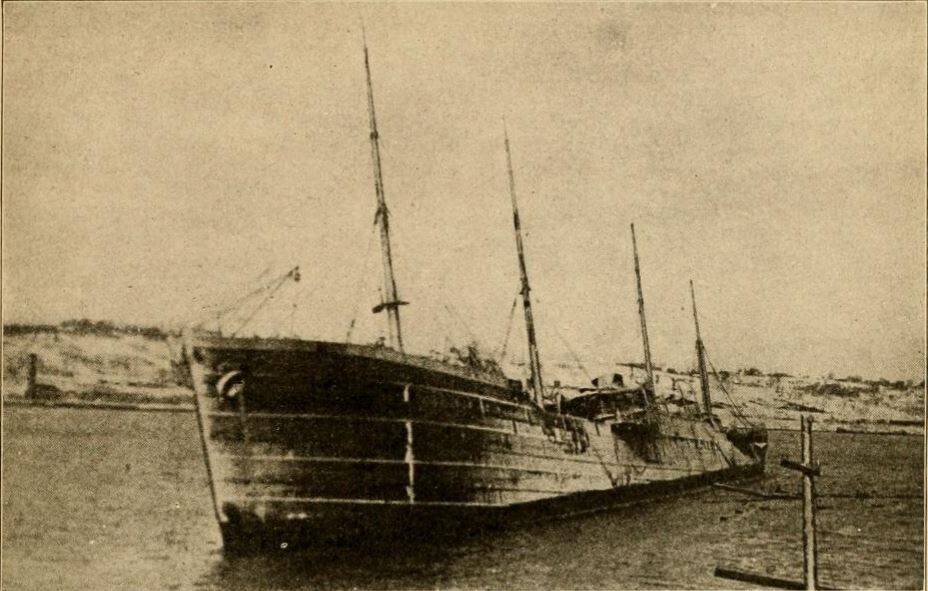
The Halifax Explosion of 1917 was, at the time, the largest human-made explosion that had ever happened, and while its wide-ranging effects left a long legacy, it all started when two ships — the SS Mont-Blanc and the SS Imo — collided in Halifax Harbor.
While the Imo wasn’t carrying anything hazardous, the Mont-Blanc was packed full of munitions and explosives. When its cargo exploded, the blast killed nearly 2,000 people, injured over 9,000, flattened much of Halifax, and even caused a tsunami.
HMHS Britannic Sunk – 1916
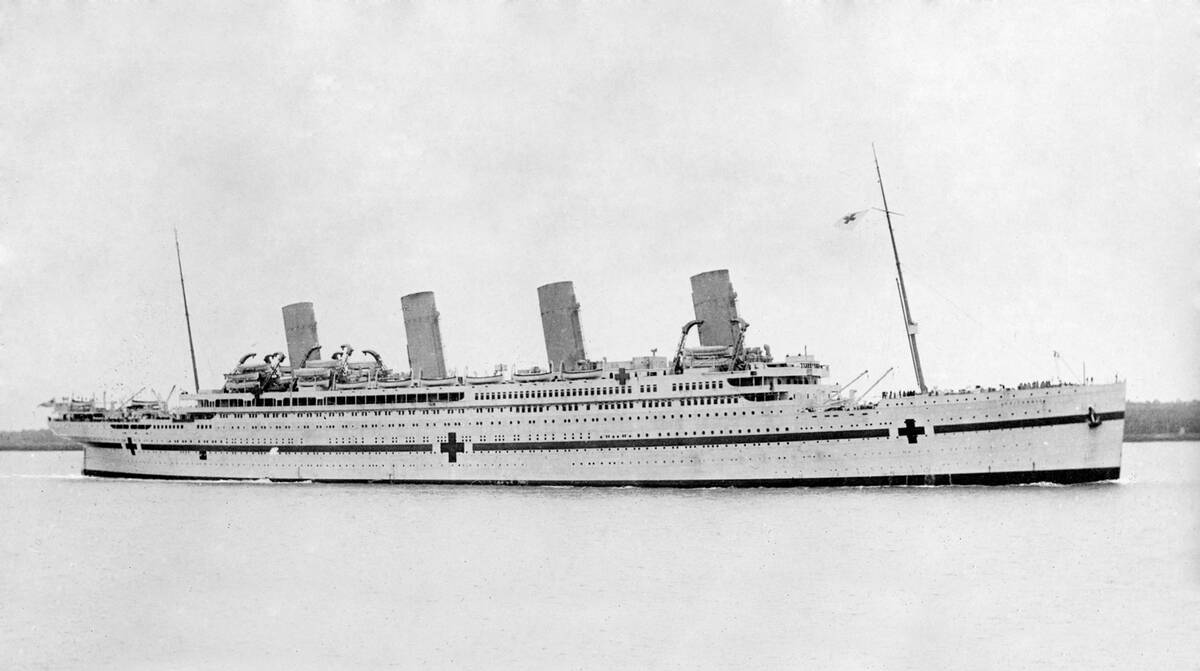
The Titanic’s ill-fated sister ship, the HMHS Britannic, was being used by the British Royal Navy as a hospital ship during World War I when it struck a German naval mine in the Aegean Sea near Greece in 1916.
The explosion tore open much of the ship’s starboard side. Unlike the Titanic, the Britannic sank relatively quickly, in under an hour. Because of improved safety procedures, most of the 1,065 people on the ship survived, though 30 died — mostly when lifeboats were sucked into the still-turning propellers of the sinking ship.


